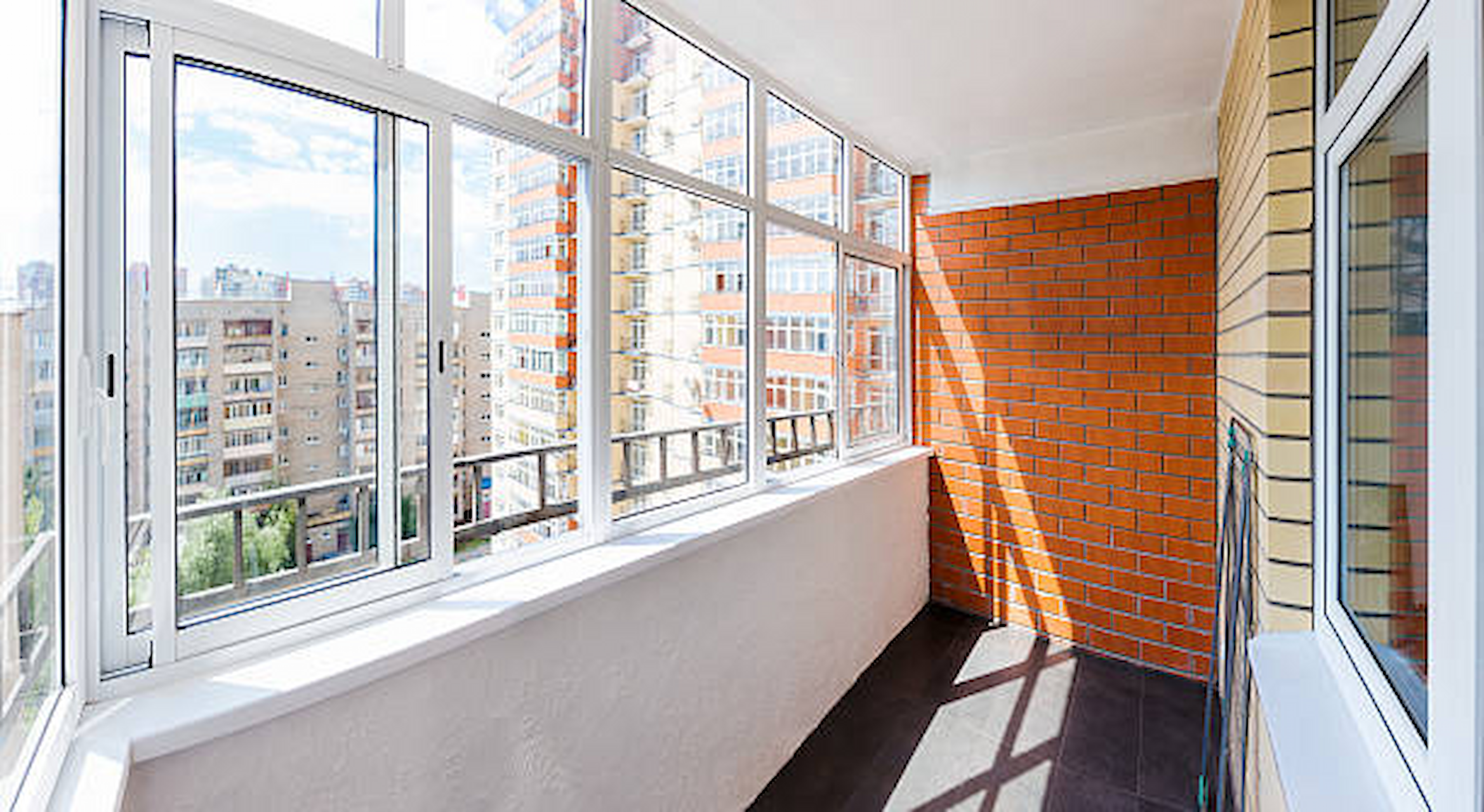Replacing or repairing a glass window is a no-brainer as you may think, but do you really think it’s an easy job? Just, the other day I read a DIY book on repairing broken windowpanes, and it looked easy, as if the writer hired an expert glazier to do the job. Yeah, I can sense that chuckle, when you read, so did I, but when I actually got down to it, I realized the depth it takes to complete the job. No wonder, a seasoned glazier makes a fortune, each time!
However, if you shrug your apprehension on handling glass, give a little attention to detail, and use the right tools, the job becomes easier. Oh! Remember to wear eye protection and gloves to prevent glass shards from hurting your precious eyes and your delicate hands. Just to be safe, wear long-sleeve shirt always; even when the mercury is boiling hot, because glass loves sticky skin. So swallow your discomfort and guard yourself!
Are you ready? Shall we begin with the procedure?
Step #1: Removing the Putty
Removing soft, fresh putty from the newly installed windows is effortless, simply scrape it off, but a 20-year old window needs a heat source to soften the putty. Professional Glazier West London uses a special heating iron for the job, but how can you do it? For occasional re-glazing job like in your case, use a heat gun. Set the gun settings to moderate, turning it up only when you need more heat to melt the putty. Make sure you use the gun judiciously, too much heat can cause cracks in the adjacent glass and burn the paint from the adjoining areas. Now, who would like to mess up further a broken window?
However, removing putty from a 20-year old window is a hard nut to crack. The older wood shares a firmer bond with the glass, so using a propane torch in a controlled manner can soften the putty without burning the wood or the paint. You may alternatively use a soldering iron for a safer job, but again, don’t put it too close to the wood or paint; there’s always the danger of burning them. And, extinguishing a fire single-handedly is not easy, several homes are burnt down to ashes, within minutes!
Simply, heat a section of the putty and when done, use a 1-inch stiff-bladed putty knife or a dull wood chisel to slowly dig and push out the putty. Continue the process until the entire frame is free of the putty. However, if the putty is falling off the windows, simply scrape it off.
Step#2: Removing the Glazing Points
Glazing points are pushed into the window frame to hold the glass before applying the putty. You will bump into them as you heat and remove the putty. You may choose to dig them out with a putty knife and save it for reuse later. However, ensure the old glazing points do not interfere with the new windowpane and framework.
Step#3: Removing the Glass
Now comes the tricky part of removing the broken pane. You may think removing the bigger chunk is convenient, but what if won’t budge after removing the putty, and the smaller pieces shatter on the floor- just increasing your workload, isn’t it?
If you find that slightly tapping the glass does not break it free from the frame, recheck your job, not a single strand of putty should remain intact, as it may block your efforts at removal. You may want to use the heat gun again, and if still won’t nudge, then you must break the glass in smaller pieces to remove it.
I hope that this guide will help you to remove the broken pane just like a seasoned glazier West London!

